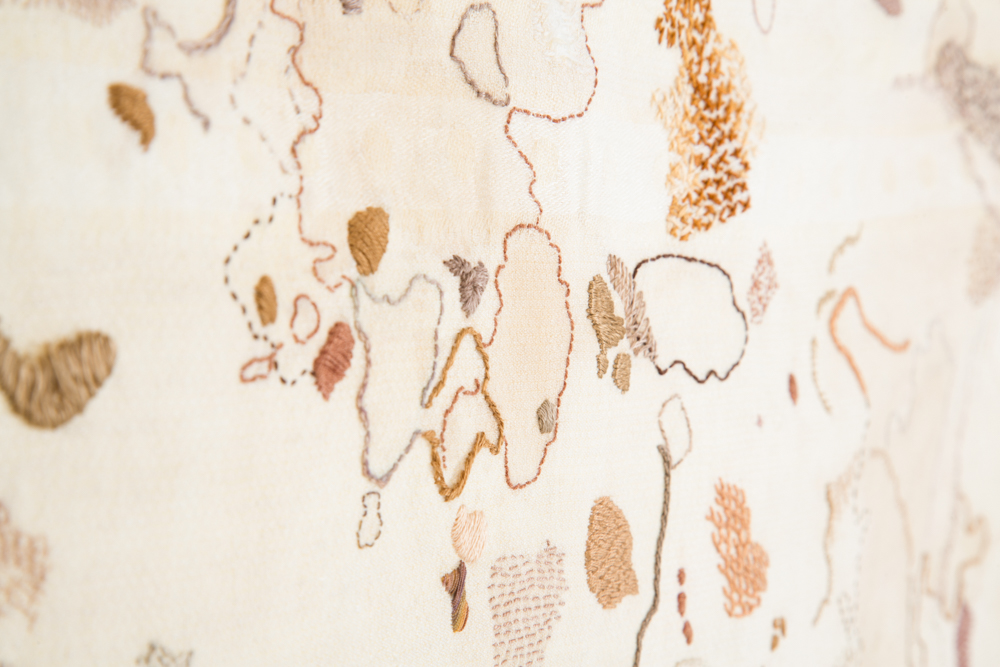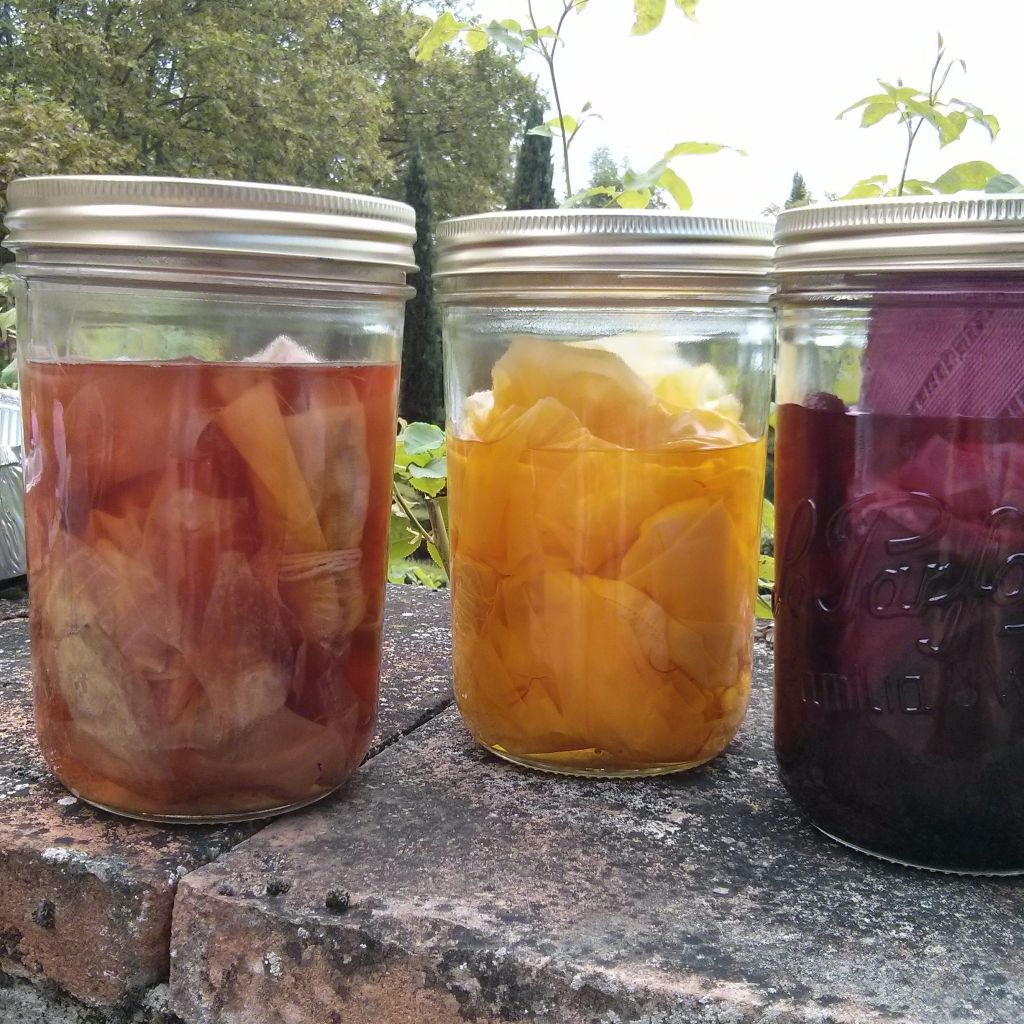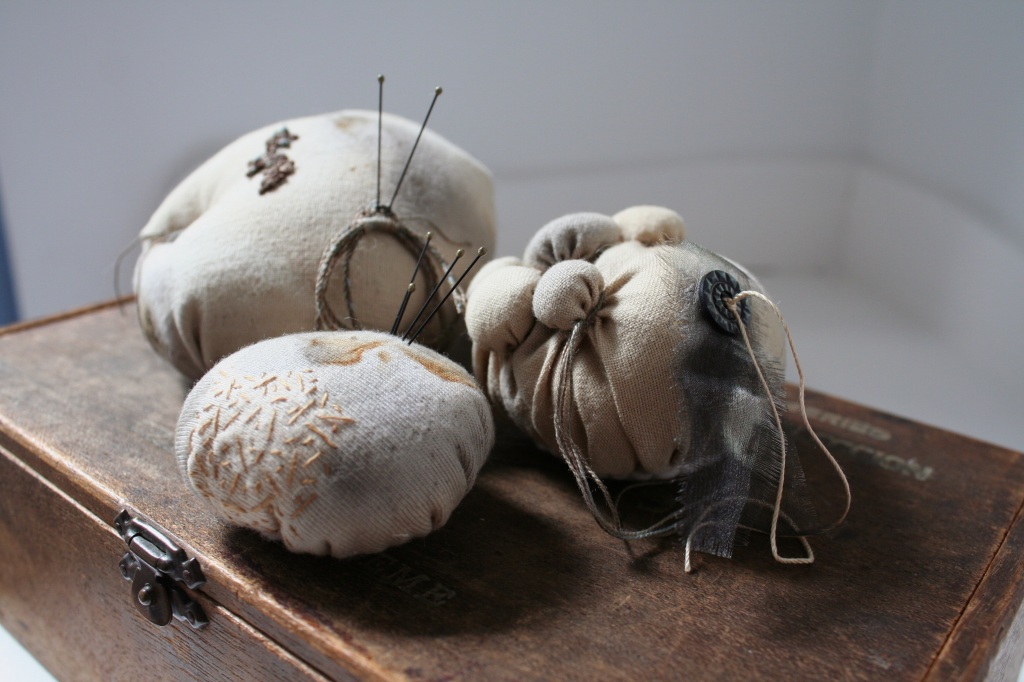Tag: rust dye
-

Masterclass Rescheduled 9&10 January
My weekend of creative experimentation workshops at NCCD has been rescheduled for 9th & 10th January, the final weekend of the exhibition Spend a weekend immersed in creative, slow, experimental techniques inspired by Ruth Singer’s work. The workshops include simple, experimental natural dye techniques, embroidery and using found objects. You can create a series of…
-

Postcard from Chateau Dumas 1
I’m not long back from a glorious week teaching at Chateau Dumas. It is as wonderful as it looks. I’ve never had such a luxurious teaching experience! The Art of Textiles course covered masses of creative techniques over the course of 6 days and we started with my experimental and freestyle approach to natural dyes.…
-

Pinpebbles
The first pieces from a new collection of Pinpebbles are now up for sale on madebyhandonline starting at £25 including postage. Pinpebbles are small, tactile, textile objects, perfect to hold and display and are inspired by historic pincushions, from an age when valuable handmade pins were essential for holding clothing together. This group of pin pebbles…
-
New Work :: New York
I’m slightly astonished at the amount of new work I am churning out at the moment. I usually work on one project at a time, but suddenly, this autumn, there are lots of exhibition deadlines which is pressured but wonderful. My latest completed work is for a Design Factory showcase in New York at the…
-
The Making of Metamorphosis
More images of the whole piece here A few months ago I saw an opportunity advertised locally for artists to make work using the idea of metamorphosis and using an object in the collections of New Walk Museum as inspiration, as part of a conference in the School of Museum Studies at Leicester University. I…